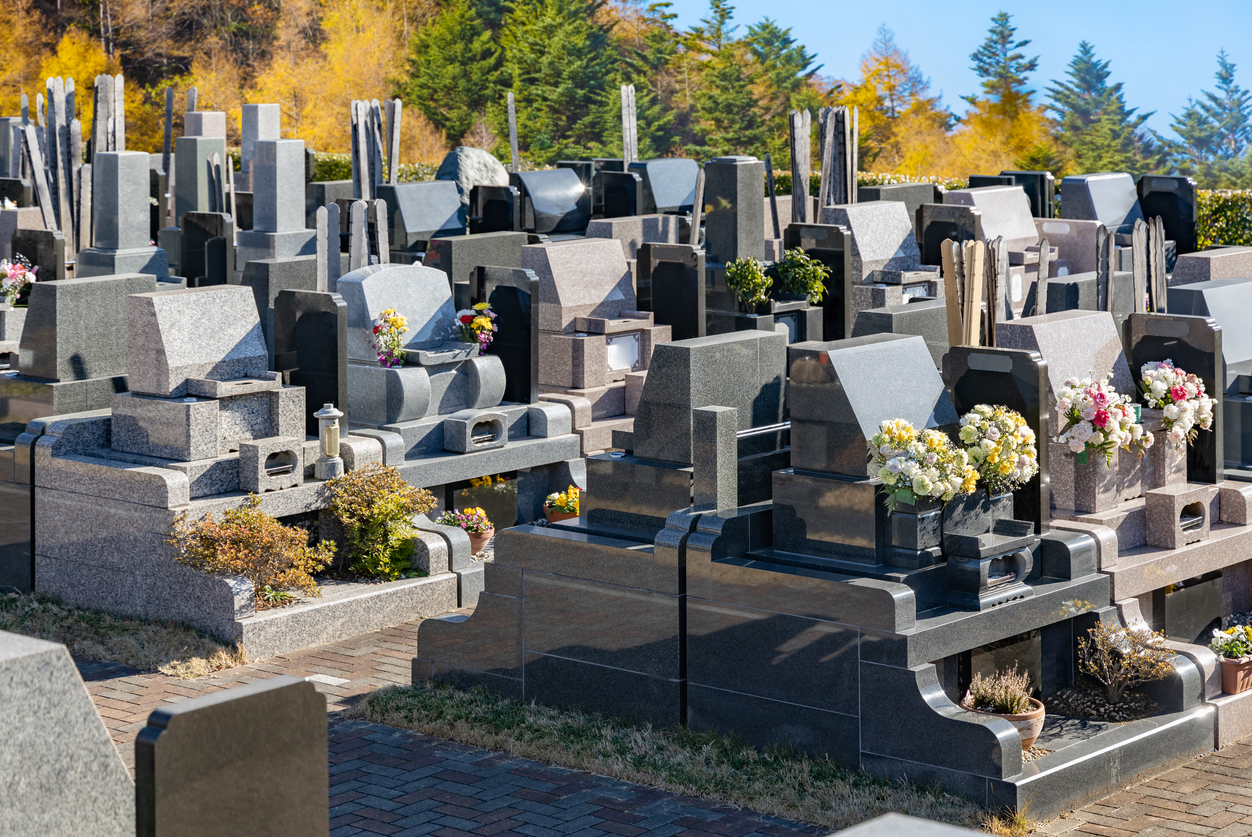Leaving well: Identifying end of life signs and symptoms

(Source: Envato)
No one likes to talk about death, but there are times when signals are pointing towards the final process when one is about to pass. While some may choose to ignore this due to its difficult nature, one can identify the end of life signs and symptoms to make the best of the remaining time, and prepare in the best way possible to leave all their matters resolved.
Sometimes this can be in the form of specialised healthcare (like palliative care) to ease pain and provide comfort, while helping with emotional turmoil. At other times, it’s more for one to settle one’s will or to better spend time with the ones they love. This is why recognising symptoms can be a powerful way to control one’s last passage.
While this can occur anywhere from a few hours to a few months, and it differs between individuals, here are the typical end of life signs and symptoms for most of those passing.
Withdrawing socially

(Source: Envato)
A person near the end of life tends to withdraw from social outings and interactions – sometimes even with loved ones. This is normal as they are undergoing physiological changes that will impact their moods and one shouldn’t take things personally.
During this time, they talk less and not notice what’s happening around them, and it is okay to leave them be and let them come to you at their own time. If need be, one can approach in a comforting way by soft touches and hand-holding, and you can keep them engaged by sharing pleasant things that happened during the day.
Loss of appetite

(Source: Envato)
Some illnesses have us eating more, but most decrease our appetite as the body focuses on the healing process. During the end of life, body fluctuations such as changing palate and gut conditions will usually reduce enthusiasm for food.
Take note that this may be common in certain chronic illnesses and may not be an end of life symptom. However, if the condition is sustained and paired with a few of the other following symptoms, it is worth the consideration.
It is important that loved ones understand that though it is important to feed the patient, it is not necessary at all times and that one should respect their comfort level as the situation is unique. Sometimes overloading a weak system can result in worsening the condition. Offer gentle or soft foods like porridge or yogurt for less effort during eating if necessary, and let them take smaller meals but maybe more frequently if need be. If you’re really worried, check-in with a medical professional for their opinion.
Weight fluctuations
As an end of life person eats and moves less, it is also common for them to lose weight and muscle. Sometimes this can be drastic and the person will look frail and care should be taken to design the environment to ease movement for them.
Sometimes the reverse can occur and the person gains weight, physically or in their looks. This is due to a condition known as oedema, where fluid build-up causes one to swell or look puffy. Again, in this case, take extra care to reduce discomfort for them.
General fatigue and sleepiness
As the body winds down naturally, it is very common for end of life people to feel tired for most of the time. This can mean something as simple as sleeping more hours than usual, or may require one to assist with certain standard chores such as eating or washing. You may also experience that the person is harder to wake than usual, but be mindful of how you wake them and let them rest if need be.
Psychological disturbances

(Source: Envato)
It is not uncommon for one to experience bouts of emotional and mental episodes as an end of life sign and symptom. It is typical to see restlessness, agitation, anxiety, delirium and even experiences of vivid dreams and visions. These are all coping mechanisms for the body’s changes during this time.
For example, breathlessness and medication can cause anxiety, while mysterious pain will always cause one to be frustrated. There’s also terminal agitation when insufficient oxygen goes to the brain, causing one to repeat an action, like tugging at a bedsheet. Those dreams and “hallucinations” are also there to help the person cope emotionally, such as speaking to those who have passed on for added comfort.
To ease the situation, just talk them through their experiences without judgement and remind them of their environment and your presence when they are ready. Adding a pleasant soothing soundtrack will also help.
Feeling hot or cold
With physiological changes, the body also begins to find difficulty in regulating its temperature. It is common to experience hot and cold fluctuations from issues such as circulation, especially at the extremities such as their hands and feet.
Provide blankets to help the person easily adjust their comfort, and include a small basin of cool water and a towel for when they may feel hot. If possible, keep the room well-ventilated and suitably cool.
Breathlessness
Shortness of breath is very common as one of the end of life signs and symptoms. This might be called dyspnoea by some. This can be brought on by medications or anxiety, but can also typically happen on its own. This may build up to a noisy rattle at the last stages when mucus build-up starts to occur.
There are deep-breathing exercises one can try introducing to help the person, and during the last stages, one can keep the airway open with the assistance of a medical professional.
Gut issues

(Source: Envato)
The gut is one of the first systems to show signs of dysfunction, so it is common for end of life people to have bladder and bowel problems, constipation or feel nausea.
The first occurs because the muscles are relaxing more often, while constipation comes about from a myriad of reasons such as medication, and moving, eating and drinking less. Nausea can come about from abrupt body changes, food, drinks, activities or medication – even if they previously didn’t cause the same.
Always offer the person plenty of dignity and care, letting them know that it is not their fault for experiencing these conditions. Offer convenient options such as a commode or diapers if the person feels ready, and speak to a medical professional to ask if there might be options to help alleviate the situation.
Conclusion
When it comes to matters of death, it is never easy to witness it happening to your loved ones, let alone to anyone. Although recognising the end-of-life signs and symptoms earlier helps you or your loved ones to get immediate treatment, take this opportunity to spend time with your friends or family by cherishing meaningful conversations and sharing joyous moments.
The last part of a person’s journey can be a respectful and peaceful one. Speak with us at Memorial Funeral for your matters and we will always be ready to assist.










Anonymous
Your writing has a way of resonating with me on a deep level. It’s clear that you put a lot of thought and effort into each piece, and it certainly doesn’t go unnoticed.